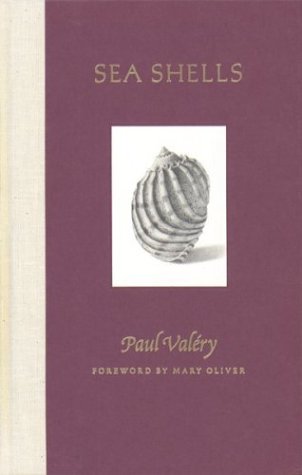What do you think?
Rate this book


101 pages, Hardcover
First published January 1, 1937
We can appreciate the structure of these objects, and this interests us and holds our attention, but we do not understand their gradual formation, and that is what intrigues us. Although we ourselves were formed by imperceptible growth, we do not know how to create anything in this way.It is this wondrous process of development, by which the simple gastropod, with a glacial slowness, creates in a way man cannot observe or completely comprehend, which provides the heart of Valery’s meditation.
Nothing we know of our own actions enables us to imagine what it may be that so gracefully modulates these surfaces, element by element, row by row, without other tools that those contained in the thing that is being fashioned; what it may be that so miraculously harmonizes and adjusts the curves, and finished the work with a boldness, an ease, a precision which the most graceful creations of the potter or bronze founder are far from equaling. Our artists do not derive the material of their works from their own substance, and the form for which they strive springs from a specialized application of their mind, which can be completely disengaged from their being. Perhaps what we call perfection in art (which all do not strive for and some disdain) is only the sense of desiring or finding in a human work the sureness of execution, the inner necessity, the indissolable bond between form and material that are revealed to us in the humblest of shells.